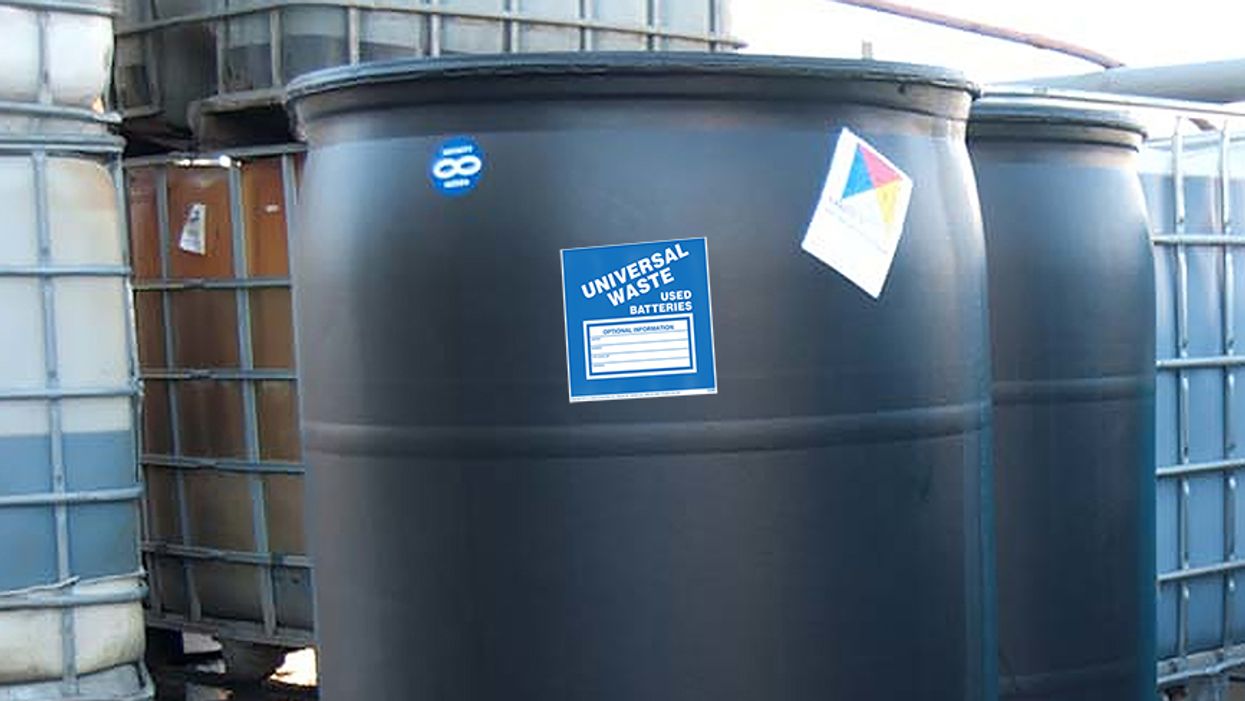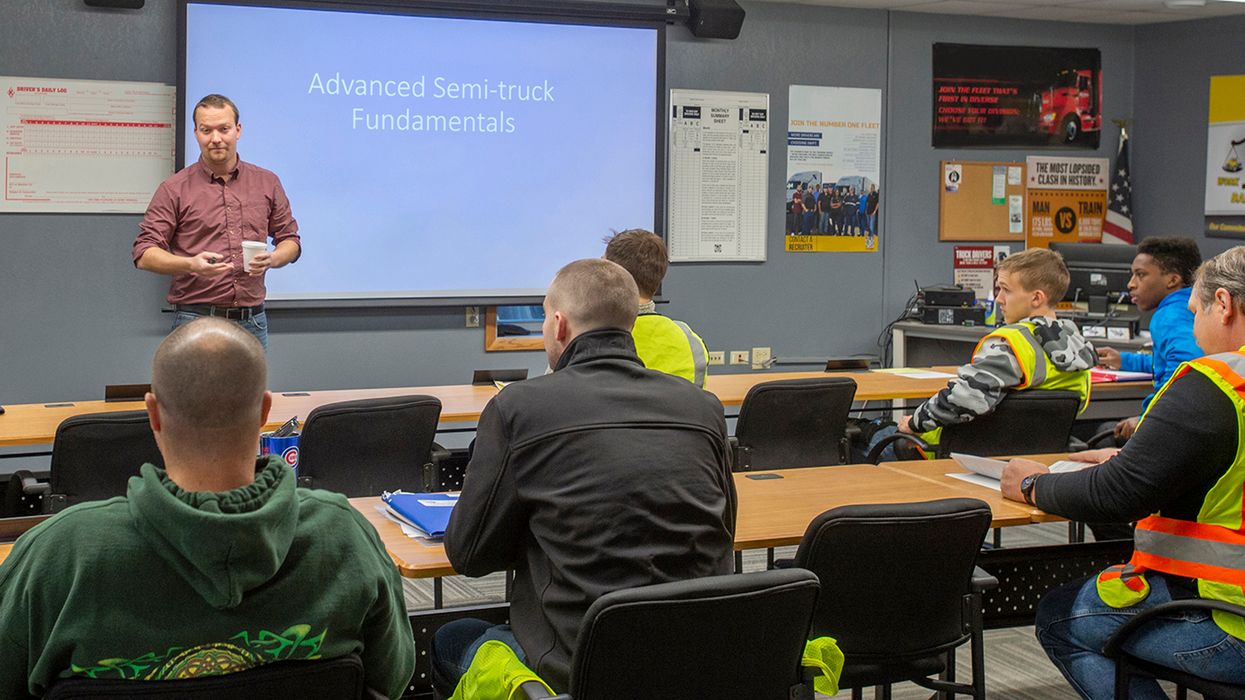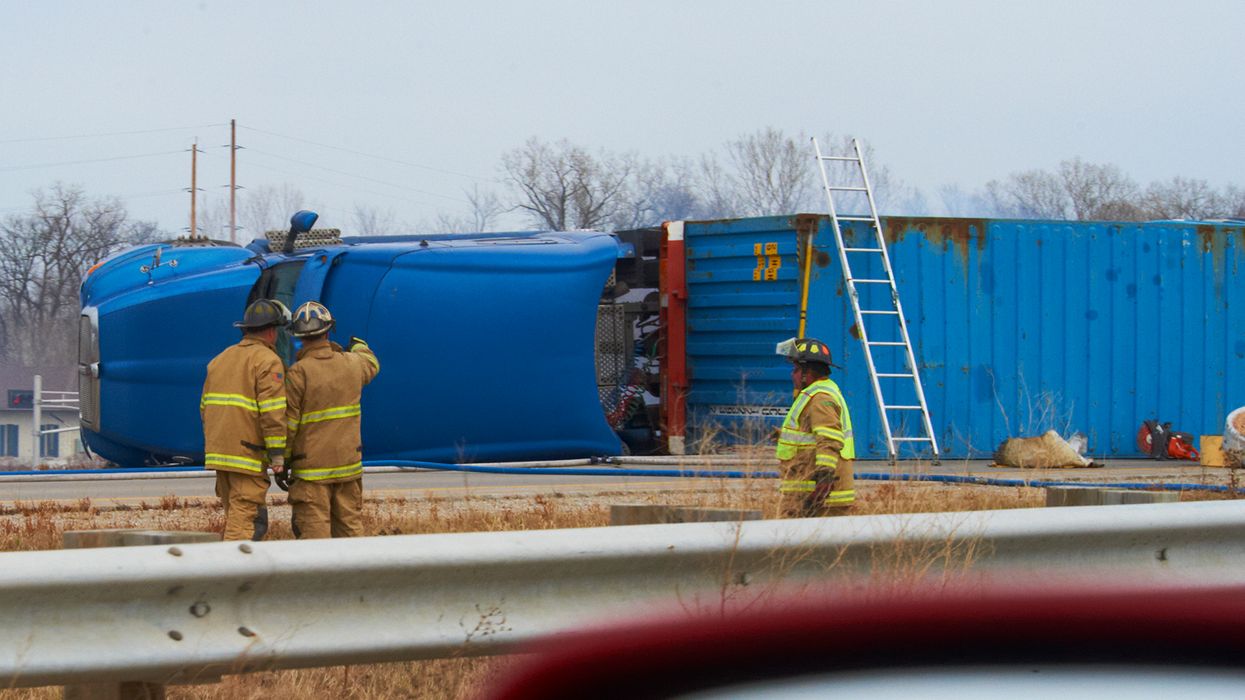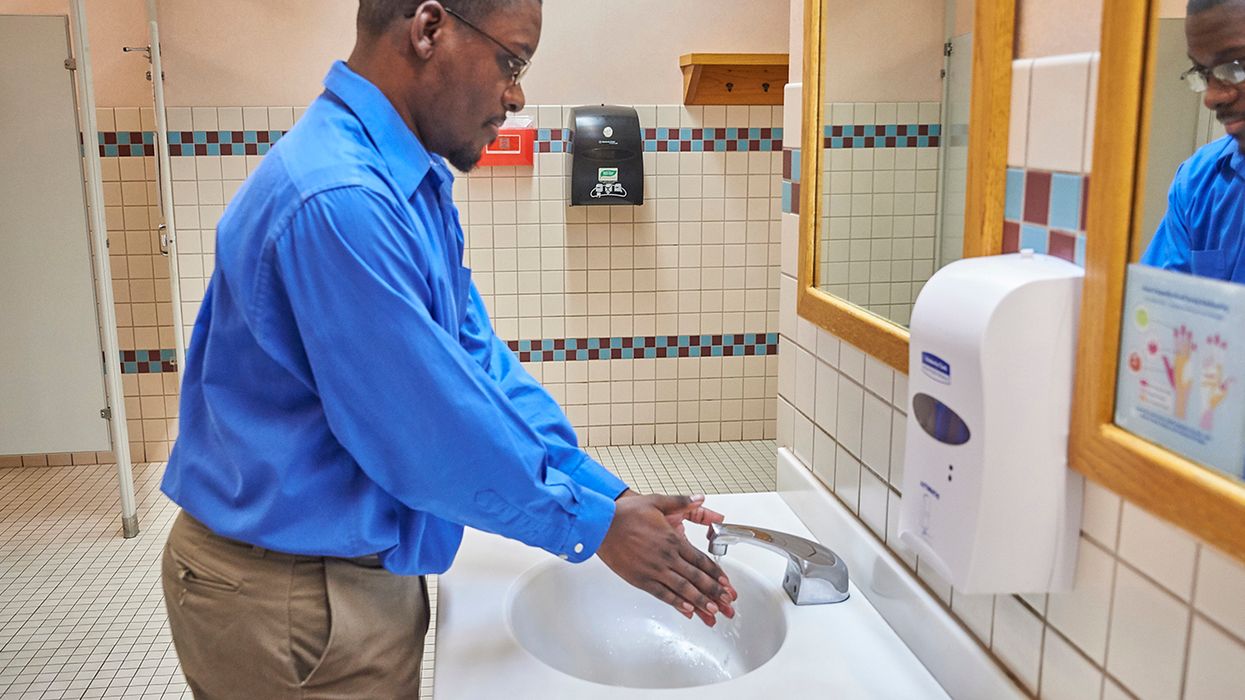Small vs. large universal waste handlers: What are the different requirements?
“To be, or not to be.” That is not the question for facilities subject to the universal waste program. “Subpart B or Subpart C of 40 CFR Part 273?” That is the question.
The Environmental Protection Agency’s (EPA’s) universal waste program simplifies management requirements for five types of federally designated hazardous wastes: batteries, pesticides, mercury-containing equipment, lamps, and non-empty aerosol cans. The program covers two categories of universal waste generators: small quantity handlers of universal waste (SQHUWs) and large quantity handlers of universal waste (LQHUWs).
Requirements differ based on the amount of universal waste a facility accumulates. Subpart B regulates SQHUWs, while Subpart C regulates LQHUWs. Determine which category applies to your facility to ensure you comply with the right universal waste requirements.
Am I a universal waste handler?
A universal waste handler either (a) generates a federally designated universal waste or (b) receives universal waste from other handlers, accumulates universal waste, and sends universal waste to:
- Another universal waste handler,
- A destination facility, or
- A foreign destination.
It excludes transfer facilities that transport off-site universal waste by air, rail, highway, or water as well as destination facilities that treat, dispose of, or recycle universal waste. If your facility is considered a universal waste handler, you must then identify which handler category applies.
Am I a small or large universal waste handler?
The universal waste program requirements for handlers differ based on the amount of universal waste accumulated:
- SQHUWs accumulate less than 5,000 kilograms of all types of universal waste at any one time.
- LQHUWs accumulate 5,000 kilograms or more of all types of universal waste at any one time.
If your facility qualifies as an LQHUW during the calendar year, it keeps this status through the end of the calendar year. You can reevaluate the status in the next calendar year.
Now that you know which category applies to your facility, let’s take a look at the requirements for each kind of universal waste handler.
Small vs. large handler regulations
Many of the same rules apply to all universal waste handlers. Both SQHUWs and LQHUWs must:
- Label or mark properly each universal waste or its container,
- Manage universal waste in ways that prevent environmental releases of the waste or its components — though the requirements differ for small and large handlers (see table below),
- Accumulate universal waste for no more than one year (unless solely for accumulating quantities of universal waste as necessary to facilitate proper recovery, treatment, or disposal),
- Respond immediately to and correctly manage any environmental releases of universal waste,
- Comply with export requirements for foreign shipments, and
- Comply with any applicable U.S. Department of Transportation hazardous materials requirements.
However, large handlers have requirements that extend beyond those of small handlers. The table below summarizes the differences.
| SQHUWs | LQHUWs | |
| Waste management | See 40 CFR 273.13 | See 40 CFR 273.33 |
| Training | Issue basic waste-handling and emergency information to employees, ensuring workers know the proper procedures. | Ensure all employees are very familiar with waste-handling and emergency procedures related to their tasks during normal operations and emergencies. |
| Recordkeeping | Not required, but recommended | Required (Keep records of all shipments received by and sent from the facility. Maintain the records for at least three years.) |
| EPA Identification (ID) Number | Not required | Required |
| EPA notification | Not required | Required (Before meeting the 5,000-kilogram threshold to become an LQHUW, send written notification of the facility’s universal waste management activities to the regional administrator, and receive an EPA ID Number.) |
Dos and don’ts for universal waste handlers
Universal waste handlers may:
- Send or take universal waste to another universal waste handler, a destination facility, or a foreign destination;
- Ship universal waste off-site without manifests; and
- Omit counting universal waste toward a generator category (i.e., very small quantity, small quantity, or large quantity generator) under the Resource Conservation and Recovery Act.
Universal waste handlers may not:
- Dispose of universal waste, or
- Dilute or treat universal waste.
Check state requirements
The most important tip for all universal waste handlers is to check the state regulations.
States don’t have to cover all federally designated universal wastes, and they can impose stricter management standards (except on batteries). Wisconsin’s universal waste management program, for example, doesn’t cover aerosol cans.
On the other hand, states can add materials covered by their universal waste management programs. Texas designates paint and paint-related waste as universal waste, and California includes solar panels in its universal waste program.
Key to remember: EPA’s universal waste program requirements differ for small and large quantity handlers. Facilities determine which rules apply based on the amount of universal waste they accumulate.
















































